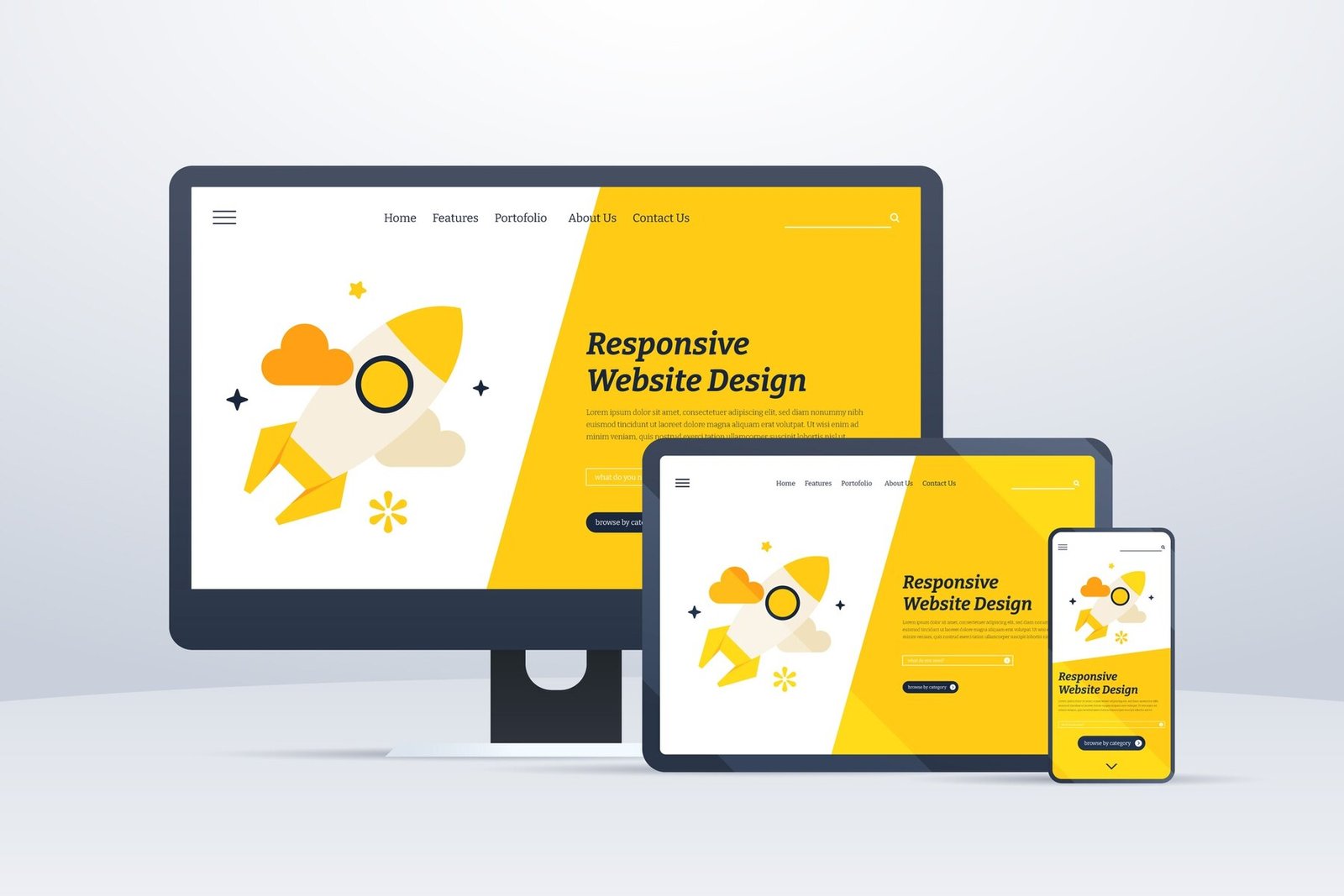Blitz News Digest
Stay updated with the latest trends and insights.
Responsive Web Design: The Secret Ingredient for a Frustration-Free Online Experience
Unlock the secret to a seamless online experience! Discover how responsive web design can eliminate frustration and boost engagement.
Understanding the Fundamentals of Responsive Web Design
Responsive web design is an essential approach to web development that ensures a seamless user experience across various devices and screen sizes. At its core, responsive design employs flexible grid layouts, adaptable images, and CSS media queries to adjust the appearance of web pages based on the visitor's device. This adaptability not only enhances usability but also plays a crucial role in search engine optimization (SEO), as search engines prioritize mobile-friendly websites in their ranking algorithms.
Key principles of responsive web design include fluid grids, which use proportional sizing rather than fixed dimensions, and media queries, which allow developers to apply specific styles based on device characteristics. Additionally, responsive images automatically scale to fit their containers, ensuring optimal loading times and performance. By understanding and implementing these fundamentals, developers can create visually appealing and functional websites that cater to a broad audience, ultimately improving engagement and increasing conversions.

How Responsive Web Design Enhances User Experience Across Devices
Responsive web design is an approach that ensures a website's layout and content adapt seamlessly to the user's device, whether it's a desktop, tablet, or smartphone. By employing flexible grids and fluid images, this design technique enhances user experience as it allows for easy navigation and visibility across varying screen sizes. With more people relying on mobile devices for online browsing, having a website that adjusts automatically to fit different displays is crucial. This adaptability not only improves accessibility but also encourages visitors to stay longer and engage more with the content.
Additionally, responsive web design supports better performance and faster load times, which are vital for maintaining a positive user experience. Search engines favor sites that load quickly and provide a consistent experience across devices, making responsive design an essential factor in SEO. By minimizing the need for separate mobile sites, businesses can maintain a unified brand presence and simplify their digital strategy. In summary, adopting responsive web design is key to meeting user expectations and improving overall site effectiveness.
Is Your Website Responsive? Key Indicators to Look For
In today's digital landscape, having a responsive website is crucial for ensuring an optimal user experience across various devices. To determine if your website is responsive, start by checking how it performs on different screen sizes, including smartphones, tablets, and desktop computers. Ensure that the layout adjusts seamlessly, maintaining readability and functionality. You can also use tools like Google’s Mobile-Friendly Test to evaluate your site’s performance and gather insights on areas that may need improvement.
Another key indicator of responsiveness is load time. A responsive website should load quickly on all devices to prevent users from becoming frustrated and leaving your site. Additionally, check for touchscreen compatibility; interactive elements like buttons and forms should be easy to use on touch devices. Lastly, pay attention to the scaling of images and fonts to ensure they are appropriately sized and legible, enhancing user engagement and retention.